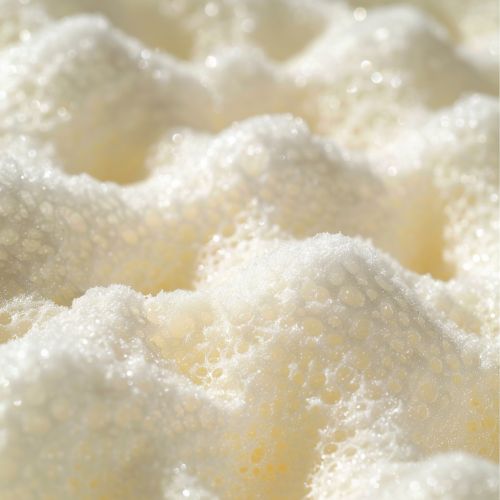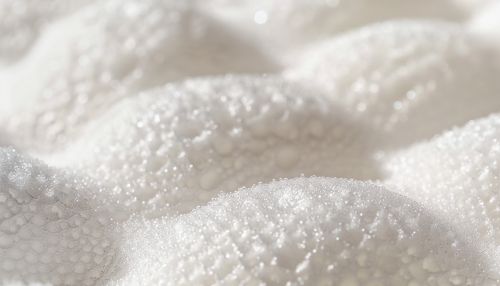Polyurethane
Introduction
Polyurethane is a type of polymer that is commonly used in a wide range of applications due to its versatility and durability. It is a synthetic material that can be either rigid or flexible, and is known for its resistance to abrasion, solvents, and oils. Polyurethane is often used in the manufacture of foam for furniture and insulation, as well as in coatings and adhesives.


History
Polyurethane was first developed in the late 1930s by a German chemist named Otto Bayer. He was working on the development of new polymers to replace rubber, which was in short supply due to World War II. Bayer and his team discovered that by reacting a polyisocyanate with a polyol, they could create a new type of polymer that had unique properties. This discovery led to the development of the first commercial polyurethane products in the 1950s.
Chemistry
Polyurethane is produced through a chemical reaction between a diisocyanate and a polyol. The diisocyanate is a compound with two isocyanate groups (-NCO), and the polyol is a type of alcohol with multiple hydroxyl groups (-OH). The reaction between these two compounds forms a urethane linkage, which is the basic building block of the polyurethane polymer.
The properties of the resulting polyurethane can be manipulated by changing the types of diisocyanates and polyols used in the reaction. For example, using a flexible polyol will result in a flexible polyurethane, while using a rigid polyol will result in a rigid polyurethane.
Types of Polyurethane
There are several different types of polyurethane, each with its own unique properties and applications. These include:
Flexible Polyurethane Foam
Flexible polyurethane foam is a soft, flexible material that is often used in furniture, bedding, and car seats. It is also used in packaging to protect delicate items during shipping.
Rigid Polyurethane Foam
Rigid polyurethane foam is a hard, dense material that is often used in insulation for buildings and appliances. It is also used in the manufacture of structural parts for cars and boats.
Polyurethane Coatings
Polyurethane coatings are used to protect surfaces from damage and wear. They are often used on floors, furniture, and industrial equipment.
Polyurethane Adhesives
Polyurethane adhesives are used to bond materials together. They are often used in construction and automotive applications.
Polyurethane Elastomers
Polyurethane elastomers are rubber-like materials that are often used in the manufacture of tires, wheels, and industrial parts.
Applications
Polyurethane is used in a wide range of applications due to its versatility and durability. Some of the most common applications include:
Furniture and Bedding
Flexible polyurethane foam is commonly used in the manufacture of furniture and bedding. It provides comfort and support, and is resistant to wear and tear.
Insulation
Rigid polyurethane foam is one of the most effective types of insulation available. It is often used in the construction of buildings and appliances to reduce heat loss and improve energy efficiency.
Coatings and Adhesives
Polyurethane coatings and adhesives are used in a wide range of applications, from protecting floors and furniture to bonding materials together in construction and automotive applications.
Automotive Parts
Polyurethane is used in the manufacture of a wide range of automotive parts, including tires, wheels, and structural components. It is known for its durability and resistance to wear and tear.
Environmental Impact
Like all synthetic materials, the production and disposal of polyurethane can have an impact on the environment. The production process involves the use of isocyanates, which are hazardous chemicals. However, advances in technology have led to the development of more environmentally friendly methods of producing polyurethane.
The disposal of polyurethane can also be problematic, as it is not biodegradable. However, many types of polyurethane can be recycled, and there are ongoing efforts to develop more effective methods of recycling and disposal.
Future Developments
Research is ongoing into new types of polyurethane and new applications for this versatile material. This includes the development of bio-based polyurethanes, which are made from renewable resources, and the development of new types of polyurethane foams and elastomers with improved properties.
